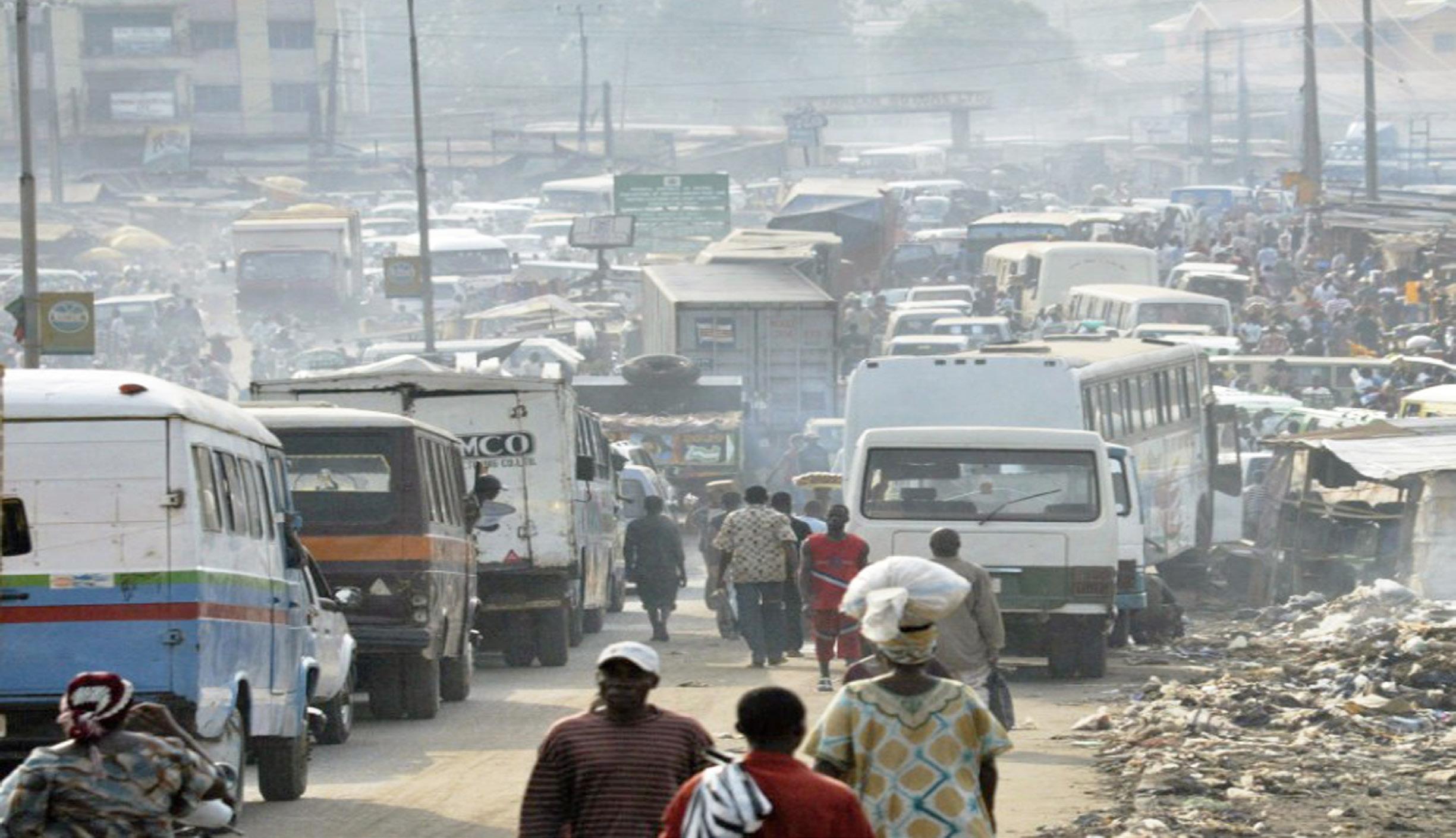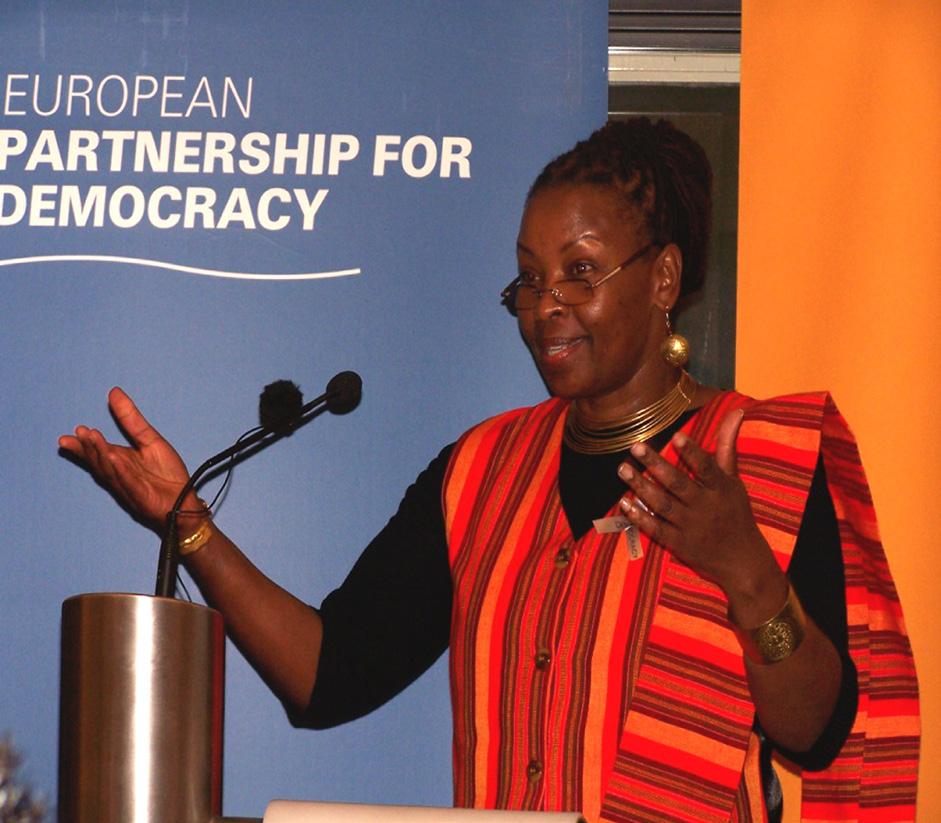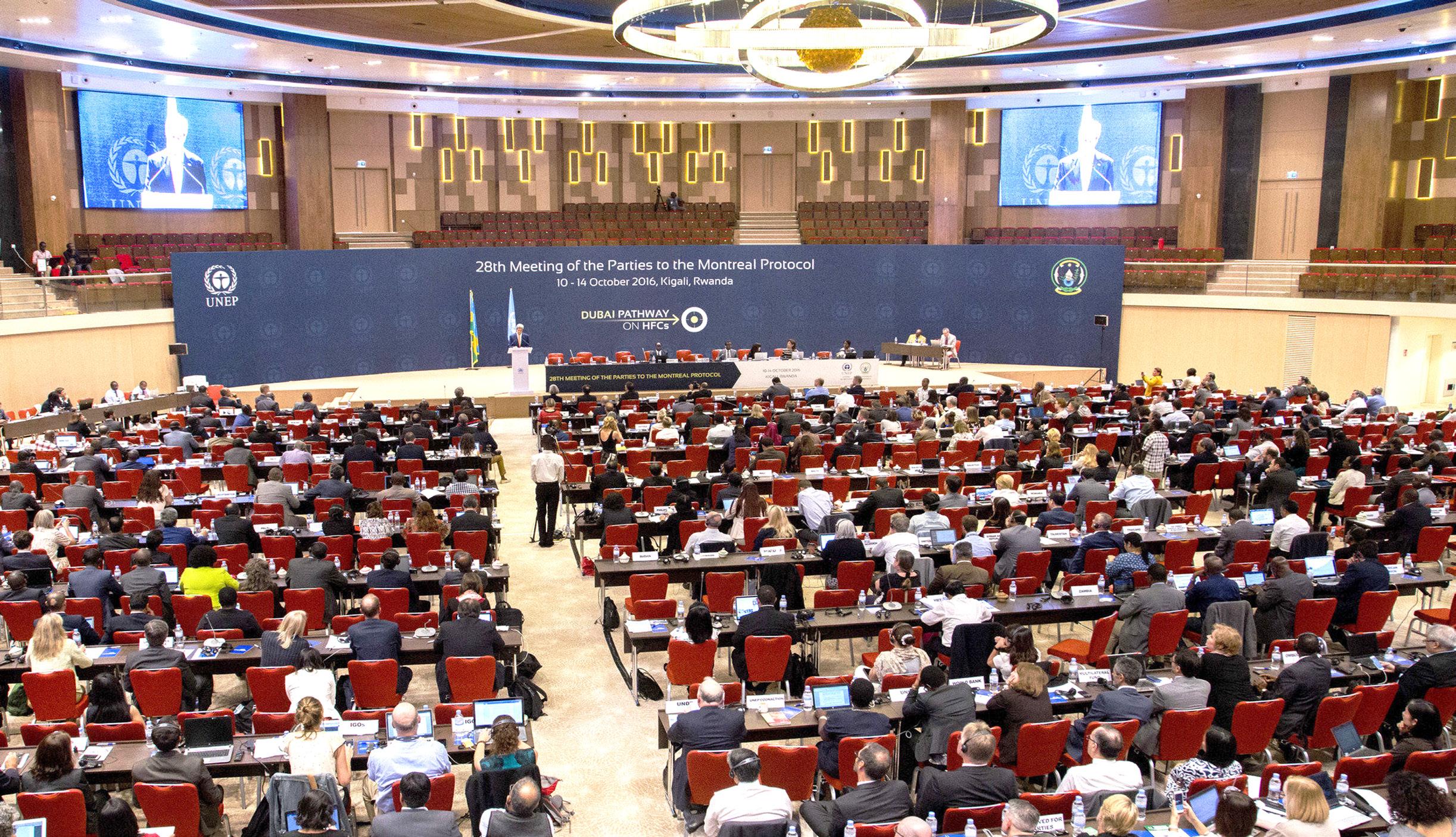UPDATES
UN ENVIRONMENT ASSEMBLY (UNEA):
Calls for A Life of Dignity for All
H
undreds of environment ministers, decision makers, scientists, civil society representatives and business leaders in June gathered in Nairobi for the inaugural meeting of the United Nations Environment Assembly (UNEA), a new world body that places environmental issues at the heart of international affairs and provides fresh impetus to tackle growing global challenges. For many, the creation of UNEA is the coming of age of the environment as a world issue, as it places environmental concerns on the same footing with those of peace, security, finance, health and trade for the first time. Held at the United Nations Environment Programme (UNEP) headquarters under the theme “A Life of Dignity for All”, UNEA is set to tackle major challenges, including the illegal trade in wildlife; air quality and pollution; environmental rule of law; financing the Green Economy; and the Sustainable Development Goals and the Post-2015 Development Agenda, including sustainable consumption and production. “UNEA marks a milestone in the four decade-long journey to accord environmental issues such as those outlined above the same status as the challenges to peace, security, finance, health and trade,” said former UN Under-Secretary-General and UNEP Executive Director Achim Steiner. “The fact that for the first time all member states of the United Nations will be represented in UNEA means increased legitimacy, representation of all voices across the spectrum of both regional and developmental realities, and
empowerment of the Ministers responsible for the environment.” “We must seize this historic opportunity here in Nairobi - so close to the Rift Valley, the cradle of mankind - to unite the world in its effort to achieve a course correction and shape a new, more sustainable future for humanity, one in which we live in harmony with the natural world and create a life of dignity for all,” he added.
During UNEA’s first session, Ms. Oyun Sanjaasuren, Minister of Environment and Green Development of Mongolia, was elected President of the first session of UNEA. “I stand ready to devote my efforts to ensure that we have an effective and productive session,” she said. The next two years would be critical in achieving progress in sustainable development, climate change Cont Page 8
The deal binding 197 nations crowns a wave of measures to help fight climate change. Environmental groups had called for an ambitious agreement on cutting HFCs to limit the damage from the roughly 1.6 billion new air conditioning units expected to come on stream by 2050, reflecting increased demand from an expanding middle class in Asia, Latin America and Africa.
onwards so there is enough time to plan and mobilize finance,” he told media.
Benson Ireri, a senior policy adviser at aid group Christian Aid, said that all African countries had volunteered for the earlier deadline because they worried about global warming pushing more of their citizens into poverty.
The HFC talks build on the 1987 Montreal Protocol, which succeeded in phasing out the use of chlorofluorocarbons (CFCs), widely used at that time in refrigeration and aerosols.
“It was a shame that India and a handful of other countries chose a slower time frame for phasing down HFCs but the bulk of nations, including China, have seen the benefits of going for a quicker reduction. It’s also been encouraging to see small island states and African countries a part of this higher ambition group,” he said in a statement. A scientific panel advising the signatories to the deal said phasing out HFCs will cost between $4 billion and $6 billion, said Manoj Kumar Singh, India’s joint secretary at the Ministry of Environment, Forest and Climate Change.
Donors had already put $80 million in a fund to start implementing the agreement, said Gina McCarthy, administrator of the U.S. Environmental Protection Agency.
The protocol contains provisions for noncompliance, ranging from the provision of technical and financial assistance to trade sanctions in ozone depleting substances, which will be widened to include HFCs. The original aim of the Montreal Protocol was to stop the depletion of the ozone layer, which shields the planet from ultraviolet rays linked to skin cancer and other conditions. That effort cost $3.5 billion over 25 years, said Stephen Olivier Andersen, the director of research at Washington-based think tank Institute for Governance and Sustainable Development. Scientists say it prevented 2 million cases of skin cancer.
“The implementation starts from 2024 EnviroConserveAFRICA August/October 2016
7






